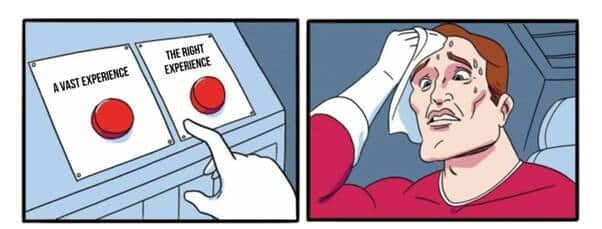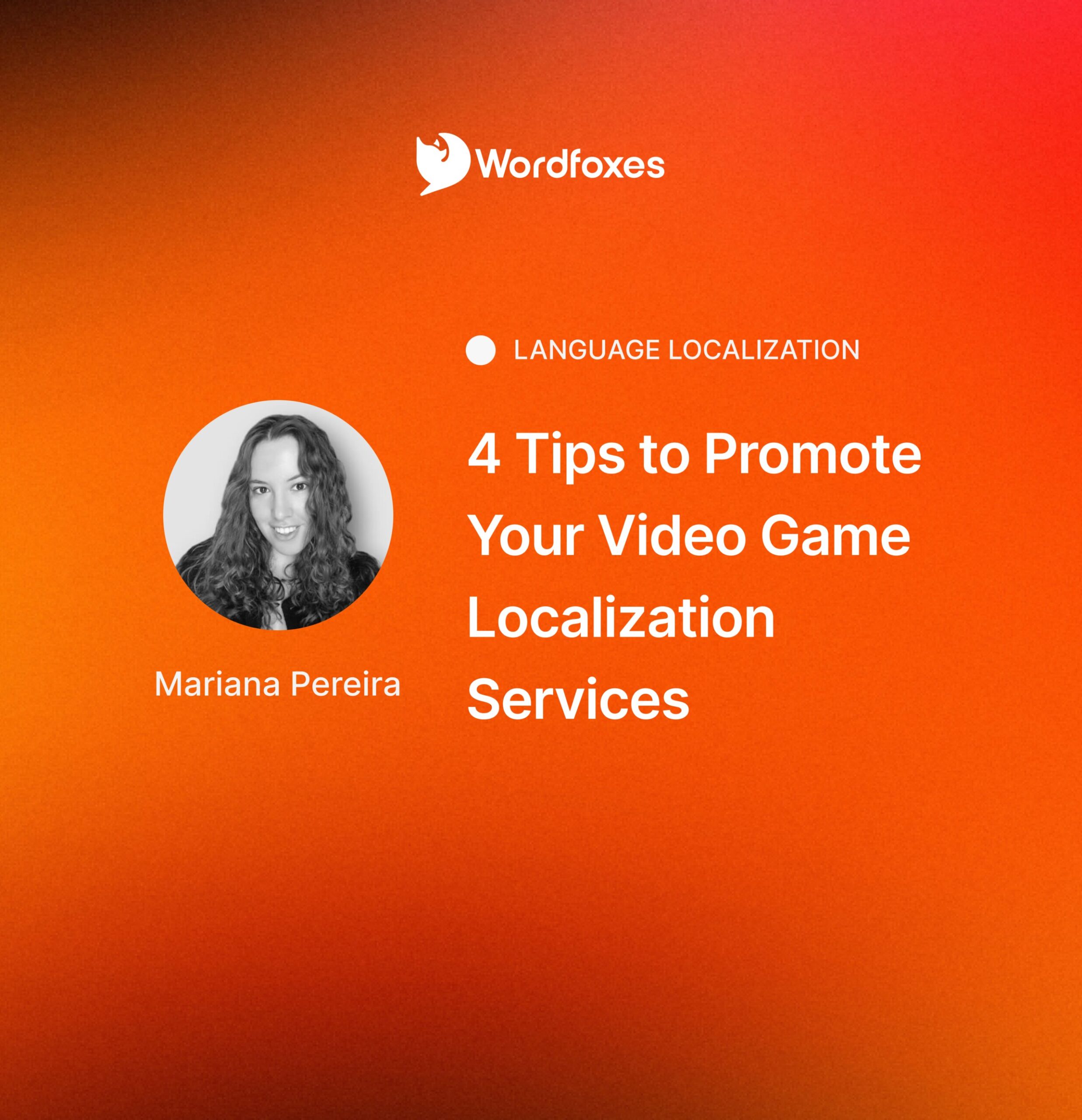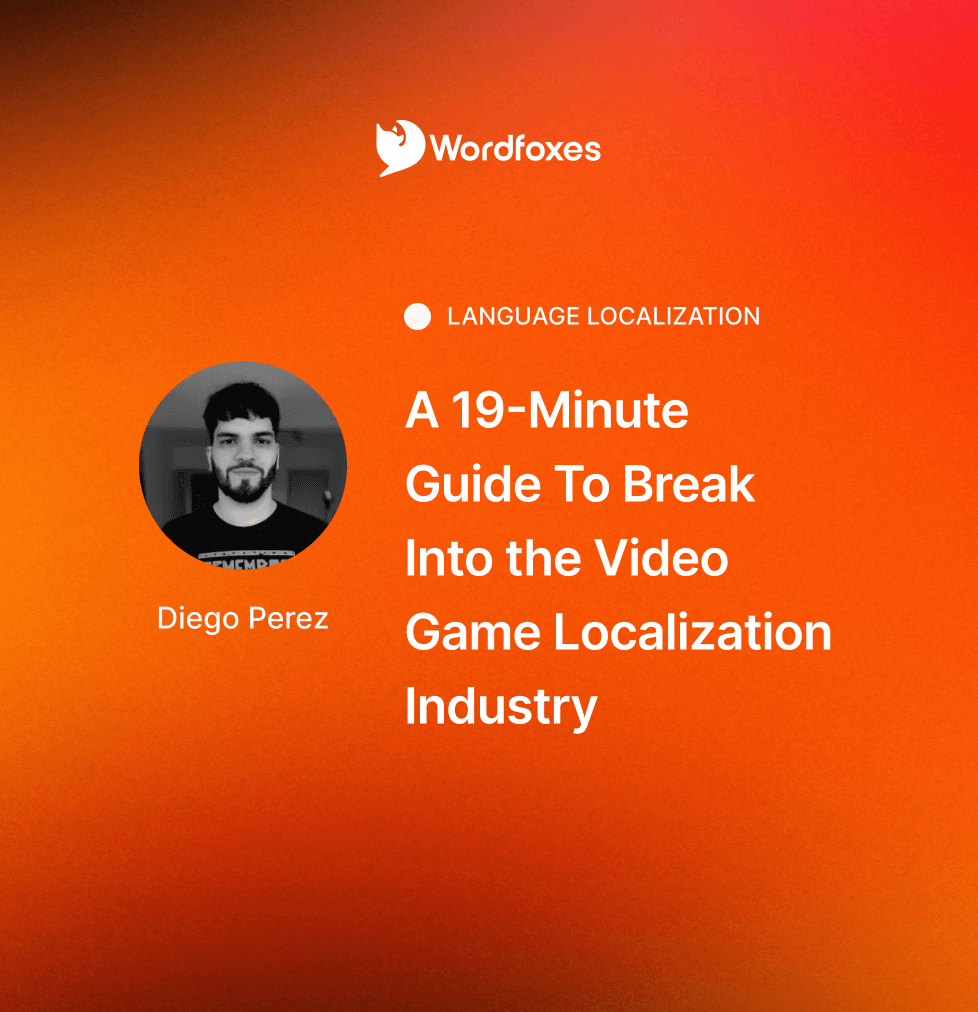Shifting from freelancer to a localization studio
Freelancers can deal with anything you throw at them, no questions asked. A highly technical simulation game? OK, they’ll do their research. New CAT tool? That can’t be too hard to learn. A colossal text file for proofreading? Sure, they need only check their notes from the previous batch.
Wordfoxes is a budding agency run by proud, former freelancers who welcome any challenge. But there are shortcuts for more efficient, high-quality work that a freelancer doesn’t always need to consider. We learned it the hard way so you don’t have to.
Which lessons can we learn from our shift from freelancing to localization business?

Lesson 1. Pick the right person for the job
Video game localization is a much broader term than it sounds. Sure, all video games are played on screens, but that’s pretty much where the similarities end. A casual game typically has simple language tailored to a wider audience, whereas a flight simulator is heavy on technical terminology for wannabe pilots. A card game requires unambiguous translation, while a present-day role-playing game has more room for colloquialism.
With a project diversity like this, even translation veterans have blind spots you should examine. Which game genres has your team worked with in the past? Are your translators used to working in pairs or in larger, 15-person language teams? Beyond that, which parts of the game are they more comfortable with? Some translators are all about dialogue and characterization, while others prefer the technical challenge of making the text fit on the screen and translating game mechanics terminology to the highest accuracy.
The good news is that translators are quite open about their own preferences if you ask them. Picking the right person for the job can save time, improve quality, and increase job satisfaction. Every project has its own assembly line: some are shorter and cheaper, others are more advanced.
Lesson 2. Don’t rely on a single CAT tool
Most freelancers have their trusty, go-to CAT tool. Localization agencies, on the other hand, should consider a number of factors before deciding where the translation will be handled. What’s the project’s word count? How many translators are there on the team? Do the game studio stakeholders want to track progress closely? The answers to those questions will determine whether you can get away with an offline, low-cost tool, or if a robust, cloud-based system is called for.
For a two-person team, even Excel can be a good choice if the game falls under the 10-thousand-word mark. On the other hand, a AAA game with over a dozen teammates typically requires a cloud-based translation tool with real-time comment functionalities, built-in Quality Assurance checks, and an automated task-assignment system.
The available options for Translation Management Systems (TMS) have never been more diverse. Some of them will require each user to own a license, while others are subscription-based according to the number of seats in your plan. Keep an open mind and scope out each project’s requirements to identify the most cost-effective solution for your team!
Lesson 3. Establish strong editorial guidelines
The localization industry runs on freelancers, and that’s no secret. You may pick the right person for the job, but chances are they won’t always be available. How can you keep a long-running project in great shape even as translators and editors change? A style guide and an up-to-date glossary are the answers.
Locale-specific date and time format, punctuation, and capitalization conventions should be your starting points. Once the first editing batch kicks off, language-specific issues will naturally come up. Make sure to note down each of their solutions for future reference. The game terminology should also be consistent across the project, so build a glossary with the chosen translation for each critical term.
The freelance market is dynamic, but every video game studio rightfully expects the same high standards through and through. Having a centralized source of reference is the best way to ensure that.
Conclusion
Every success and failure helped us learn and grow. We shared some of the most valuable ones so you don’t have to go through the same pains we did. When in doubt, ask yourself: what are the best tools and people for this project’s scope and genre? And, finally, how do I make sure localization quality doesn’t fluctuate?
The shift from freelancer to localization agency hasn’t been a smooth ride. But our unyielding commitment to quality has been the North Star that guided us toward more efficient and effective practices. No matter the project’s scope, our clients’ standards are always upheld!
Diego Perez is a passionate and optimistic voice in video game localization. With loc credits for Diablo Immortal, Baldur’s Gate III, and Final Fantasy VII: Remake and nearly 10 years of experience under his belt, he is the Portuguese translator behind the upcoming Kenshi 2, a mentor for beginner translators, a language industry writer, and has a game loc course at TranslaStars. And two cats.




